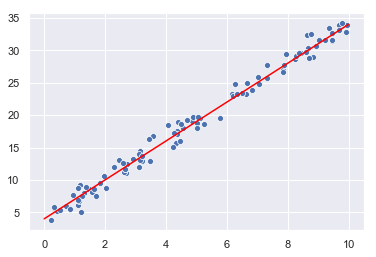Predictive models are a valuable tool in data analysis and are used to predict future outcomes based on past data. In order to build an effective predictive model, a process called "training" must be carried out.
Training a predictive model involves using a training dataset to "teach" the model to make accurate predictions. The training dataset includes known examples of input and output, and the model is adjusted through a process of machine learning to minimize error between its predictions and known outcomes.
Once the model has been trained, it can be used to make predictions on new data. However, it is important to note that the model's performance on new data may vary depending on the quality of the training dataset and the model's ability to generalize to new situations.
There are many different types of predictive models, and each is suitable for different sets of data and prediction goals. Some common examples of predictive models include decision trees, linear regression, and neural networks.
In summary, training predictive models is an essential process for building a model that can make accurate predictions from past data. While it can be a complex process, the use of predictive models can provide a lot of value to businesses and organizations by allowing them to make informed decisions about the future.
